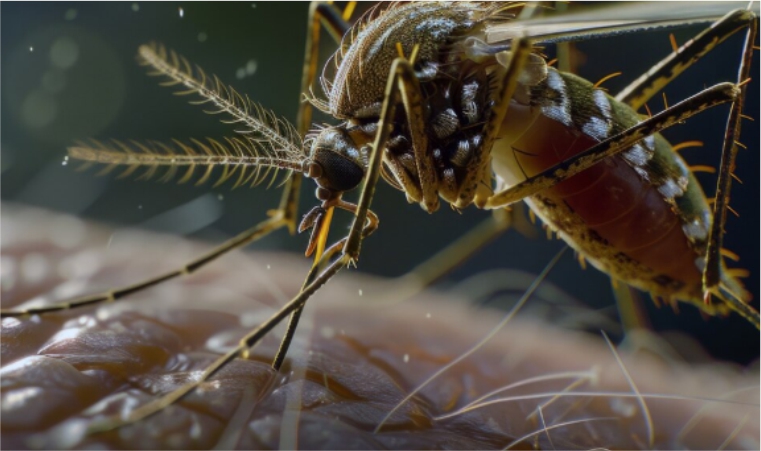Environmental Health: The Hidden
Factor Behind Malaria Spread

Environmental Health: The Hidden Factor Behind Malaria Spread
Environmental Health: The Hidden Factor Behind Malaria Spread
Environmental health plays one of the most important yet often overlooked roles in malaria transmission. While many people understand that mosquito bites cause malaria, fewer recognize how deeply the environment influences mosquito breeding, survival, and spread. The truth is that malaria does not begin in hospitals. It begins in the spaces where people live, sleep, and carry out daily activities. Understanding the link between the environment and malaria is essential for creating long-term solutions that protect communities.
Mosquitos thrive in specific environmental conditions. Stagnant water, blocked drainage systems, uncovered water containers, piles of waste, and overgrown vegetation all create ideal breeding grounds. Even small pools of stagnant water, such as those found in discarded tires or plastic containers, can produce large mosquito populations in a short period. When these conditions are present around homes and communities, the risk of malaria increases significantly.
Environmental sanitation is therefore a crucial component of malaria control. Communities that regularly clear drains, remove waste, cut overgrown grass, and eliminate stagnant water see far lower mosquito populations. These actions reduce the number of breeding sites and limit the chances of mosquitos spreading malaria. Improving environmental conditions creates healthier surroundings that benefit everyone, especially children and older adults who are more vulnerable to severe malaria.
Another important factor is housing conditions. Homes without proper window screens, doors that do not close well, or walls with open spaces provide easy entry points for mosquitos. Improving ventilation structures, installing screens, and using treated bed nets all help reduce indoor mosquito exposure. Indoor mosquito presence directly increases the number of bites and the likelihood of transmission, especially during nighttime hours when families are asleep.
Climate and weather patterns also influence malaria spread. Heavy rains, flooding, and seasonal changes can create sudden shifts in mosquito populations. Areas that experience frequent rainfall often face higher malaria risks because standing water accumulates quickly. Heat and humidity also accelerate mosquito reproduction. This means communities must remain vigilant during rainy seasons and respond quickly by cleaning and monitoring their surroundings.
Environmental health also extends to community behavior. Poor waste disposal practices, open defecation near water bodies, and abandoned household items contribute to unsanitary environments where mosquitos thrive. Strong community engagement is essential in maintaining clean surroundings. When community members understand the environmental connection to malaria, they are more likely to participate in cleanups and prevention activities.
Digital tools like MalariaX further strengthen these efforts by allowing community members to report environmental risks instantly. Geo-tagged pictures of stagnant water or blocked drains help volunteers and health teams identify high-risk areas and intervene early. When environmental issues are reported in real time, communities can act before those risks turn into outbreaks.
The environment is not just a backdrop to malaria transmission. It is a driving force. Cleaner surroundings reduce mosquito populations, improve overall health, and create safer spaces for families. Environmental health is a shared responsibility that requires consistent action and community participation. By recognizing and addressing the hidden environmental factors behind malaria spread, communities take a powerful step toward long-term malaria prevention and eventually, malaria eradication.


Add Your Comments